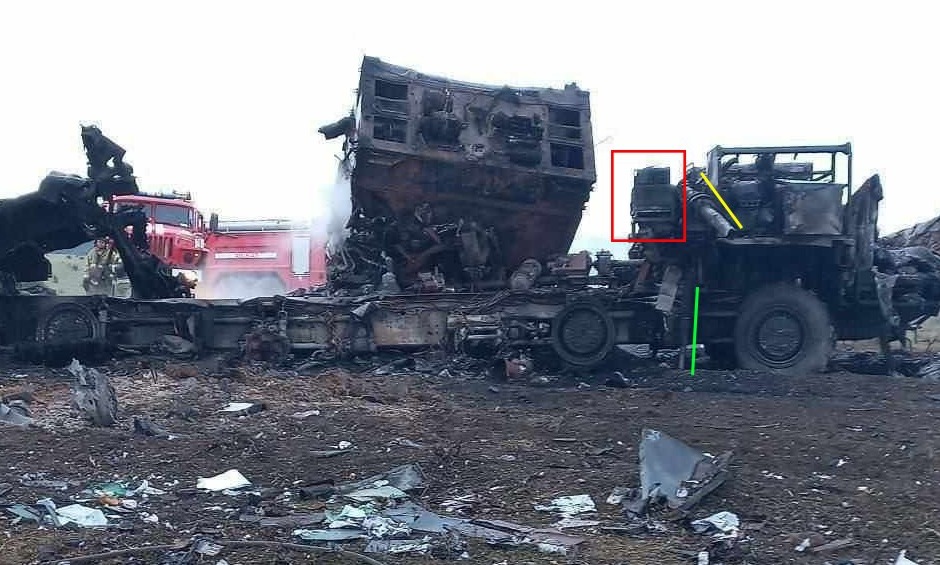The battlefield dynamics in Crimea are transforming as Ukraine leverages the recently acquired US-supplied long-range Army Tactical Missile Systems (ATACMS). These long-range missiles have already proven their effectiveness, targeting and destroying critical Russian military assets in the region.
Since Russian President Vladimir Putin’s military operation/invasion of Ukraine in February 2022, Ukrainian leaders have persistently requested for deep-strike weapons from the United States.
Compatible with the M142 HIMARS rocket artillery trucks and the older M270 MLRS vehicles already supplied to Ukraine, these weapons have been seen as crucial for countering Russian advances.
The Biden administration was initially hesitant to supply the ATACMS, fearing that Ukraine might use them for provocative strikes deeper into Russian territory, which might cross Putin’s ‘Red Line.’
However, the arrival of the UK and France’s Storm Shadow/SCALP-EG cruise missiles last year, which have an even greater range than the ATACMS, helped alleviate these concerns. Ukraine has utilized these missiles extensively to target critical Russian positions.
Late last year, the US supplied Ukraine with a mid-range version of the ATACMS, capable of reaching 165 kilometers and dispersing bomblets upon explosion. Even so, the US resisted sending more powerful versions due to concerns over compromising its military readiness.
However, in April 2024, after nearly two years of reluctance, the United States quietly delivered long-range versions of the ATACMS to Ukraine. These missiles can travel up to 300 kilometers, enabling Ukraine to strike over 100 military targets on the Crimean Peninsula.
The enhanced arsenal has arrived at a crucial juncture. Russia is currently making gains on the battlefield as its expanded war industry shifts to mass-producing drones and glide bombs, which have been inflicting significant damage to Ukraine’s defenses.
Also, Ukraine has sought Germany’s Taurus missile, which boasts a range exceeding that of the ATACMS by over 100 miles. However, Berlin has so far declined to supply these missiles.
Ukraine has previously been restricted to using ATACMS and Storm Shadow missiles only within occupied territories. However, the UK has permitted Kyiv to use its weapons for strikes inside Russia.

Russia is well aware of the ATACMS threat to Crimean cities and infrastructure, including the critical Crimean Bridge, which acts as a crucial lifeline linking the peninsula to mainland Russia.
Georgy Muradov, Deputy Chairman of the Council of Ministers of the Republic of Crimea, recently said, “We understand that missiles can hit both Crimean cities and the Crimean Bridge, our lifeline connecting the peninsula with mainland Russia. It is no coincidence that the Kyiv regime, which we characterize as neo-Nazi, has received Washington’s approval. We do not doubt the reliability of our air defenses, but the new threat is obvious.”
ATACMS Destroy Russian MiG-31s in Crimea
Ukraine’s deployment of US-supplied long-range MGM-140 Army Tactical Missile Systems (ATACMS) has had a significant impact on Russian military operations in Crimea.
Recent strikes have destroyed crucial Russian assets, including the prized S-400 air defense systems and MiG-31 fighter jets, forcing Russia to relocate many of its warplanes from frontline bases.
One of the recent successes occurred between May 14 and May 15, when Ukrainian forces launched a heavy attack on the Russian airbase at Belbek, located on the occupied Crimean peninsula.
The Russian Ministry of Defense reported countering the overnight attack by the US-made ATACMS. The attack, described as “massive” by OSINT Technical, an open-source analyst on X, was corroborated by NASA satellite images showing large fires at the airfield.
According to open-source data, the attack destroyed significant portions of an S-300/S-400 air defense system on the airfield. Specifically, a 92N6 ‘Grave Stone’ radar, the primary long-range detection radar associated with the S-400 system, was reportedly hit.

On May 16, the latest satellite images from Maxar Technologies, shared by Ukraine military-linked Operativno ZSU Telegram channel, confirmed the aftermath of the Ukrainian strike on the Belbek airfield.
The images showed substantial enemy losses in aviation, including the destruction of two MiG-31 fighter jets, a Su-27 aircraft, and damage to a MiG-29 fighter jet. It remains unclear if the damaged MiG-29 was operational or one of the decoy aircraft Russia has been known to use.
This was not the only major attack on a Russian airbase in the Crimea peninsula. Shortly after receiving the long-range ATACMS, Ukrainian forces successfully targeted an airbase at Dzhankoi, also in Crimea.
The base houses helicopters, tactical jets, and advanced ground-based air defense systems. Ukrainian sources claimed the attack, carried out using ATACMS, destroyed three to five S-400 and S-300 air defense systems. There is no official or visual confirmation of these claims.
These successful strikes have compelled the Russian military to withdraw many of their aircraft from bases near the front lines, relocating them to safer bases beyond the reach of Ukraine’s precision-guided ATACMS.
- Contact the author at ashishmichel(at)gmail.com
- Follow EurAsian Times on Google News




